In addition, Dragon is also called Long in Sino-Vietnamese, according to the zodiac chart is Thin with the years: Giap Thin, Binh Thin, Mau Thin, Canh Thin and Nham Thin. According to the concept of Eastern people, Dragon is a symbol of feudal power and complete happiness.

The stone dragon in Kinh Thien Palace is a masterpiece of architectural and artistic heritage, representing the sculpture art of the early Le Dynasty. (Source: hoangthanhthanglong.vn)
Dragon in human life
Dragons exist not only in the Eastern concept but also in the life of Western countries. Eastern dragons have snake bodies, fish scales, lion manes and deer horns, no wings but have the power to move clouds and wind; Western dragons are described as large lizards with long and strong tails, 4 large limbs, sharp claws and 2 large, strong wings with many thorns. Dragons can both spray water and fire.
Mentioning Dragon is mentioning the animal with the most majestic and fierce style among all the animals of the zodiac. Dragon for Eastern people therefore symbolizes strength and domination, so it is often associated with kings.
In the Sino-Vietnamese vocabulary system, a class of words has been formed to refer to the furniture and items belonging to the king with the word "long" (Dragon) attached: long robe, long bed, long carriage, long price, long face, dragon boat... The god who calls for rain and creates wind is called long vuong.
The word “long” also carries the meaning of good things, happiness, and development. That is the basis for the formation of a series of words such as: long mach, long mon, long phuong, long van, long van (Dragon and Cloud Association).
In the feng shui of building houses or temples, people often decorate and carve dragons and tigers and have familiar idioms: Left green dragon, right white tiger, two dragons facing the moon, two dragons fighting for a pearl... with the wish that good things will come. Many famous places in Vietnam are named with the word Long (Dragon): Ham Rong, Ham Long, Thang Long, Ha Long, Cuu Long, Bach Long Vi, Long Do, Long Dien...
Dragons are also sometimes compared to characters with extraordinary abilities, especially, for example in the story of Confucius telling his disciples about Lao Tzu: “I know birds can fly; I know fish can swim; I know animals can run. If they run, I use nets to trap them; if they swim, I use hooks to catch them; if they fly, I use arrows to shoot them. As for the Dragon, which rides the wind and clouds to ascend to heaven, I have no way of knowing. Today I met Lao Tzu, are you a Dragon?”
Unlike the East, Dragons in many Western countries appear as a symbol of evil and close to the devil. Dragons are often associated with the task of guarding hidden treasures, and the Dragon must be defeated to enter the treasure.

The dragon dance opens the Huong Pagoda Spring Festival of the Year of the Dragon, February 15, 2024. (Source: VNA)
Dragon in Vietnamese consciousness
The Dragon in the Vietnamese mind symbolizes the origin of the nation. The Vietnamese are proud to be the descendants of the Dragon, the descendants of Lac, born from a hundred eggs; possessing the power of the Dragon and Fairy. Therefore, the image of the Dragon is always closely associated with the tradition, culture, and life of the Vietnamese people.
The image of the Dragon is often associated with traveling in the clouds, spraying water to make rain, and helping people overcome difficulties and hardships, as shown in two typical fairy tales: The Legend of Ba Be Lake and The Legend of Muc Lagoon.
In the story of the Ink Pond, the two brothers, sons of the Water King, wanted to save the people of Thanh Dam from drought so much that they went against the will of heaven and used an inkstone to make rain. The two brothers were later punished by heaven and had to die, their bodies turning into two dragons. The teacher who suggested the two brothers make rain to save the people was extremely pitiful and organized a funeral and a proper burial for the two dragons.
In Vietnamese poetry, literature, folk songs, proverbs and idioms, Dragon is always associated with good things: Dragon flies, Phoenix dances, Dragon comes to Shrimp's house, One day leaning on the side of a Dragon boat/ Is better than nine lifetimes sitting in a fishing boat, Dragon eggs hatch into Dragons/ Willows hatch into Willows, Carp turns into Dragon, Fish meets water Dragon meets clouds, Bamboo fortune turns into dragon, Water flows like a dragon rolling water...; also when it is a time of losing power, falling into difficult circumstances, not suitable for the noble position it deserves: A losing dragon turns into a snake, A golden dragon bathes in stagnant pond water...
The image of the Dragon in the Vietnamese mind has changed over the history of feudal dynasties, imprinting the style or ideology of the ruler.
The Ly Dynasty dragons had gentle, simple curves in their shape: long, curved bodies and scales. During the Tran Dynasty, the dragons began to change their shapes, developing in a variety of ways, each place had certain differences. The body of the Tran Dynasty dragons was plumper and stronger, the trunk was shorter, the horns had a variety of shapes, the mane had two types of short strips that circled down to the nape, there were more scales, and the claws were shorter and larger.
In the early Le Dynasty, the trunk was replaced by the nose of a carnivore, looking more ferocious, with eyebrows and a thick beard, a strong and sturdy body combined with clouds of fire, the power and authority of the emperor was shown through the image of the 5-clawed dragon.
During the Le Trung Hung period, with the flourishing of many temple and communal house architectures, the image of the Dragon also developed very richly, in which the most prominent were the beard, mane, and fire clouds, all straight and sharp.
During the Canh Hung period, near the middle of the 18th century, the swirl-tailed dragon appeared with a thinner body and is considered to have appeared earliest on royal decrees. This image was basically kept intact, and in the Nguyen Dynasty, it developed some more characteristics such as: the curves were no longer regular but gradually became smaller towards the tail, the forehead was more concave and pale towards the back, the tail was stretched out with sparse hairs, sometimes sharp and bristly...
Dragon, also known as Long, is an animal that appears in both Eastern and Western cultures. In Buddhism, Dragon is a sacred animal in the Eightfold Path of Heavenly Dragons. In Feng Shui, Dragon is considered one of the four lucky sacred animals: Dragon, Unicorn, Turtle, Phoenix. For Eastern people, including Vietnam, Dragon is a sacred animal that carries natural power representing the four elements that make up the universe: water, fire, earth, wind.
Of all the dragon statues from the feudal period, perhaps the most special is the statue of a dragon biting its body and tearing its own legs, 79 cm high, 136 cm wide, 103 cm long, and weighing 3 tons, found in 1991 when local people were renovating the temple of Grand Tutor Le Van Thinh in the south of Thien Thai mountain, Bao Thap village, Gia Binh district, Bac Ninh province.
The statue represents a state of life, pain, writhing, sadness and indignation to the extreme. Many art researchers believe that the author of this statue wanted to express the unjust pain of Grand Tutor Le Van Thinh when he was falsely accused of turning into a tiger to kill the king. But the message of the work is probably even greater than that.
The Dragon is the ultimate symbol of a wise king. If a Dragon bites itself, how can it fly again? It is like being a king without wisdom, allowing unjust cases to occur, especially against talented and virtuous scholars. That is the source of much suffering and self-destruction.
In the minds of Vietnamese people, the dragon has always been a symbol of take-off, prosperity and development. In his dream, King Ly Thai To saw a golden dragon flying in the blue sky. He thought this was a sign of a "promised land" for the country to last forever, so he moved the capital from Hoa Lu to Dai La and renamed it Thang Long.
According to Vietnamese folklore, the birth of Ha Long Bay was due to the Dragons sent down to earth by the Jade Emperor to help the Vietnamese fight foreign invaders. Since then, this place has been called the land of "Dragons".
Regardless of the stage of development, the Dragon always lives in the consciousness of the majority of Vietnamese people and is associated with beautiful, developing and eternal values.
International source
Source


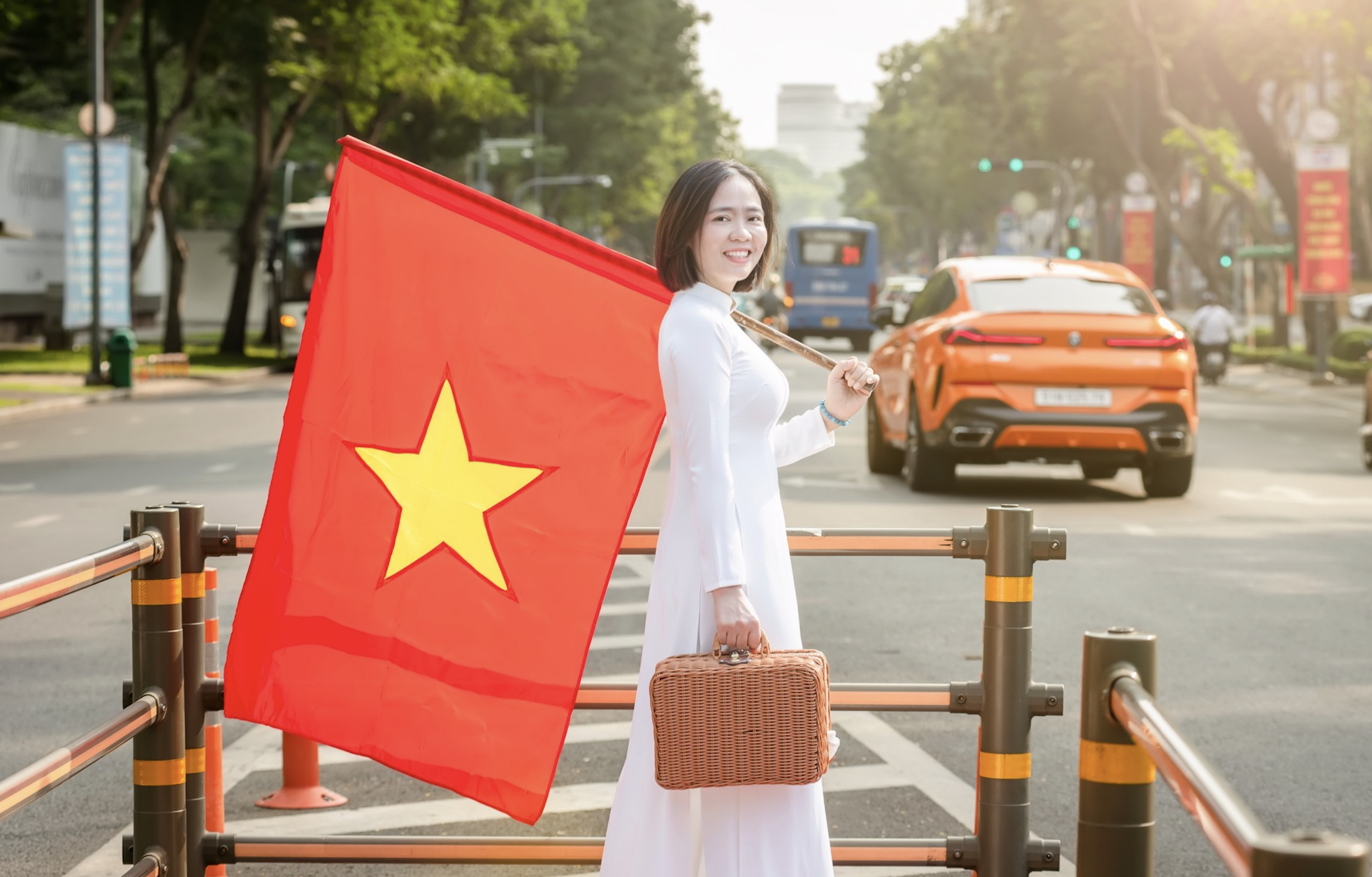


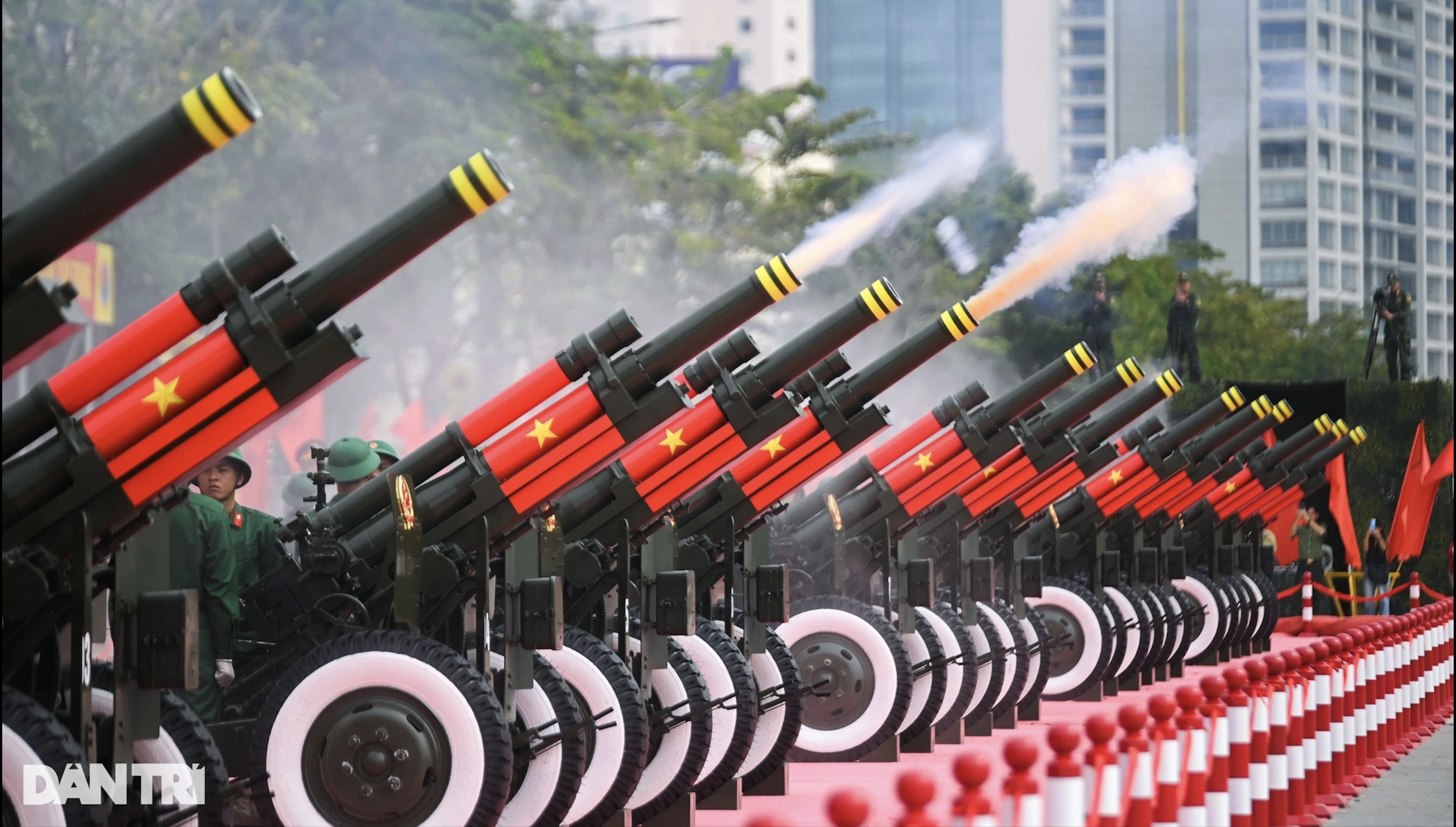
![[Photo] Visiting Cu Chi Tunnels - a heroic underground feat](https://vstatic.vietnam.vn/vietnam/resource/IMAGE/2025/4/8/06cb489403514b878768dd7262daba0b)
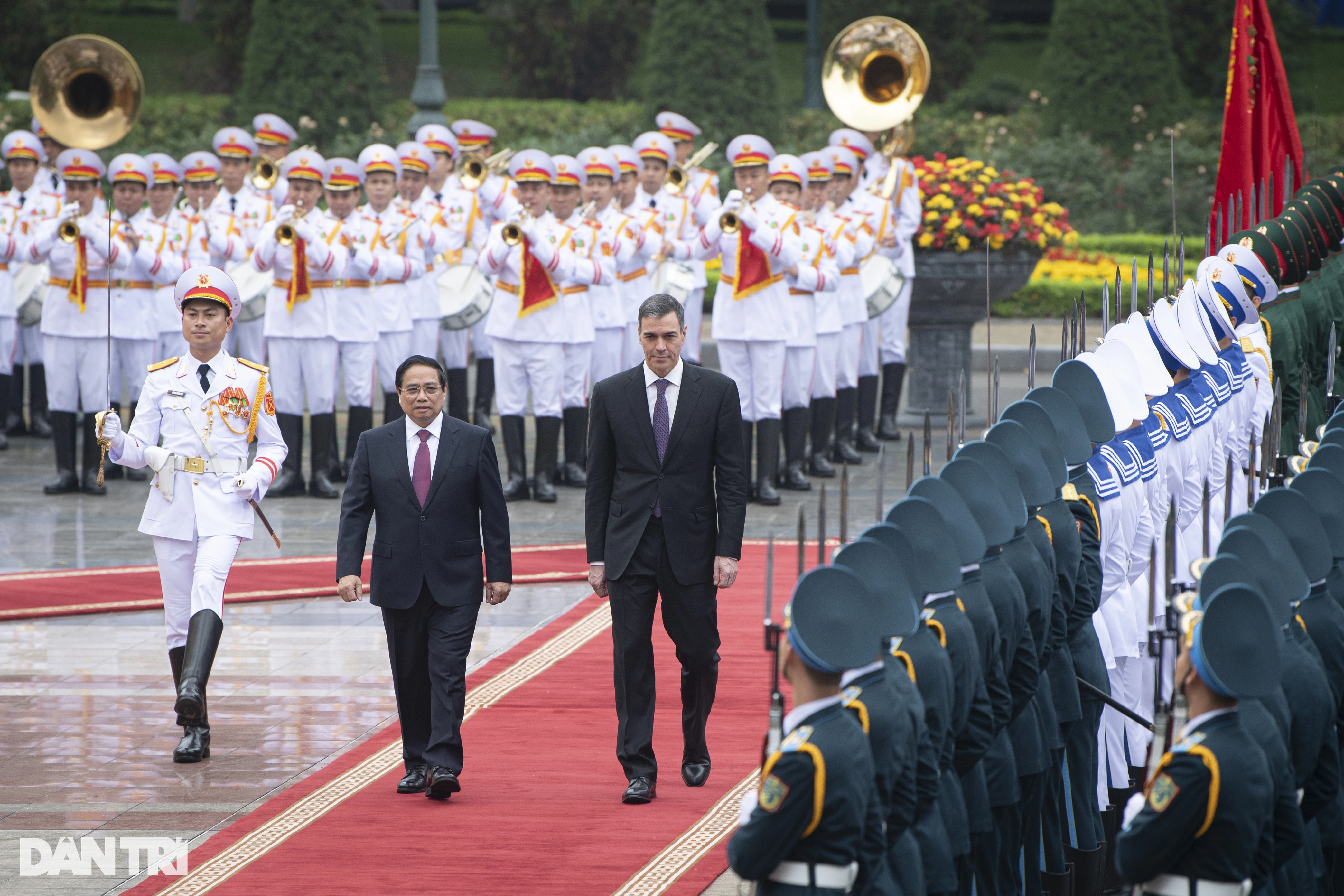
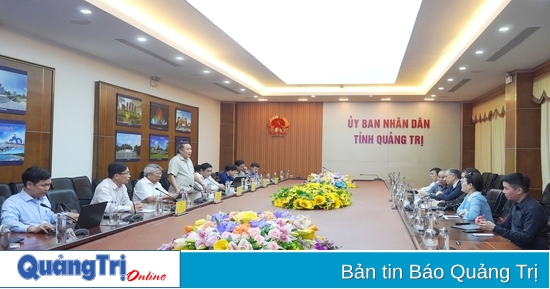
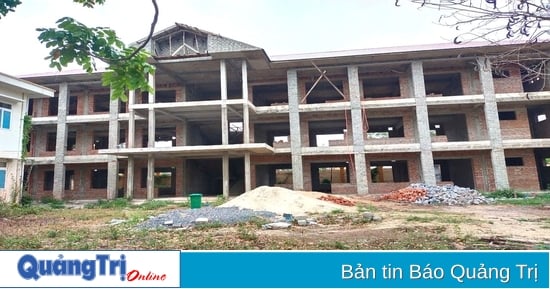


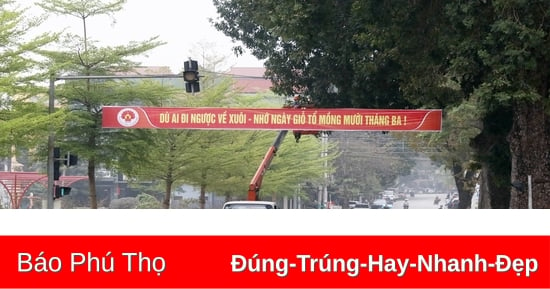
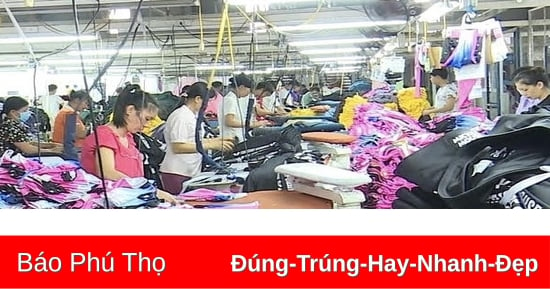
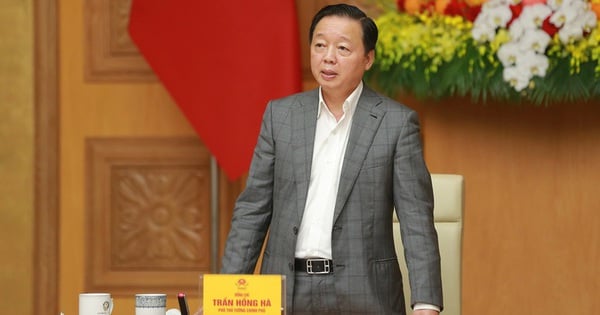

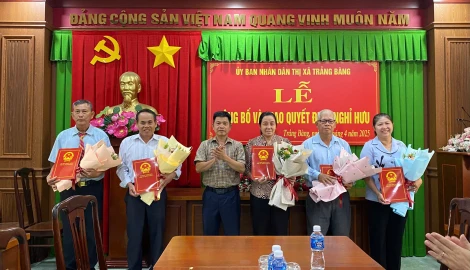
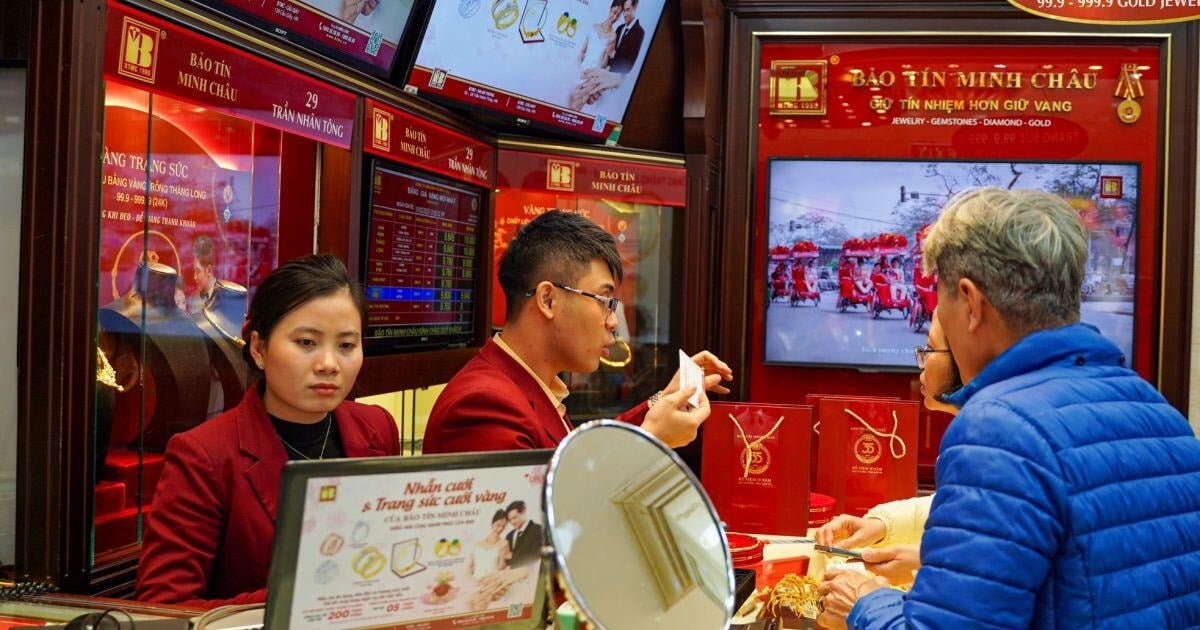

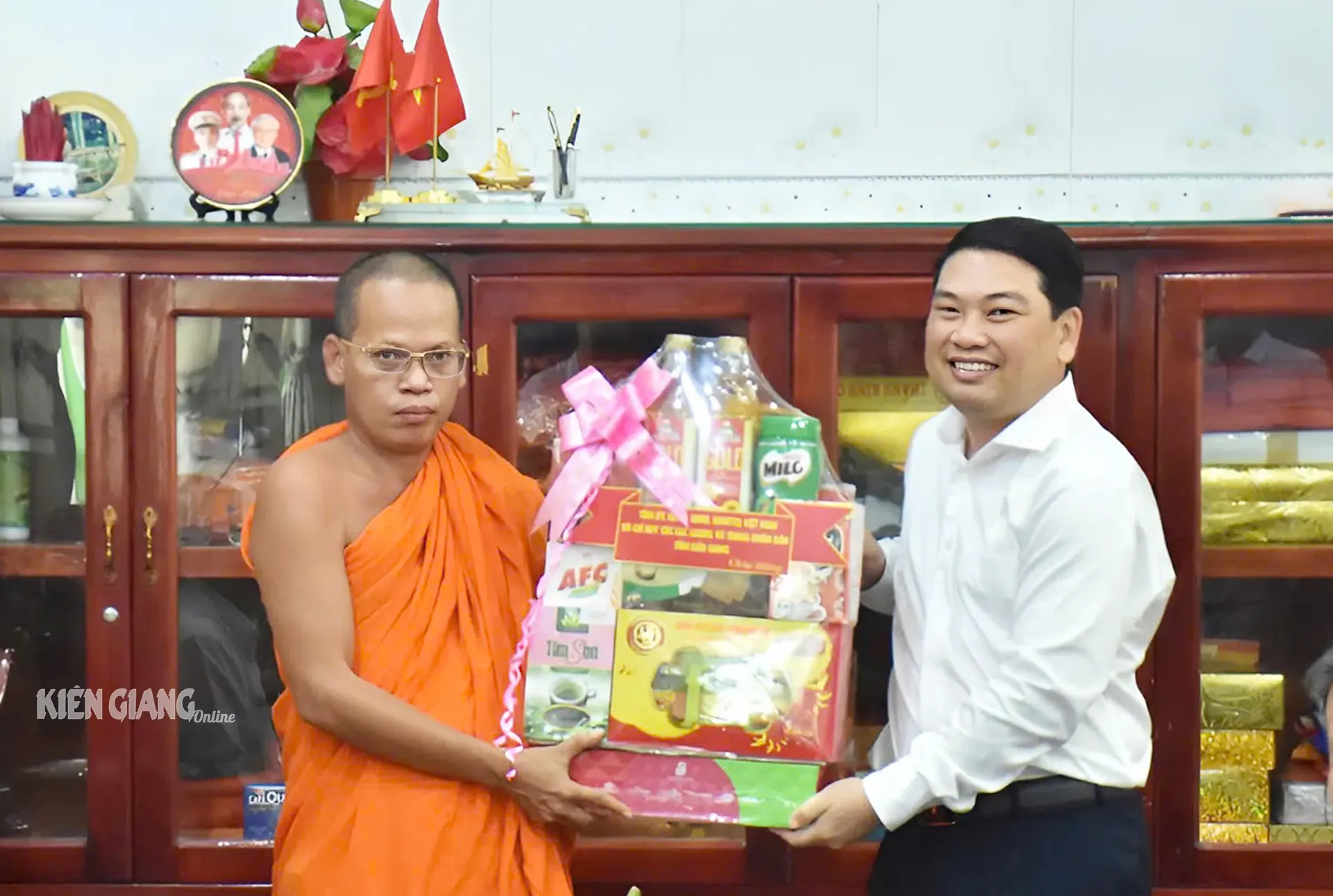

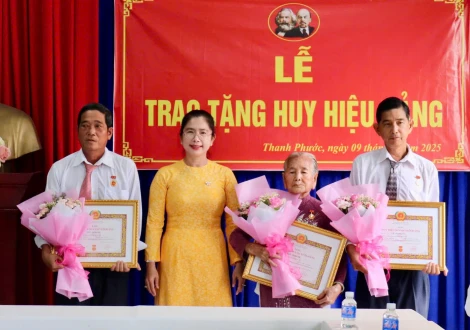

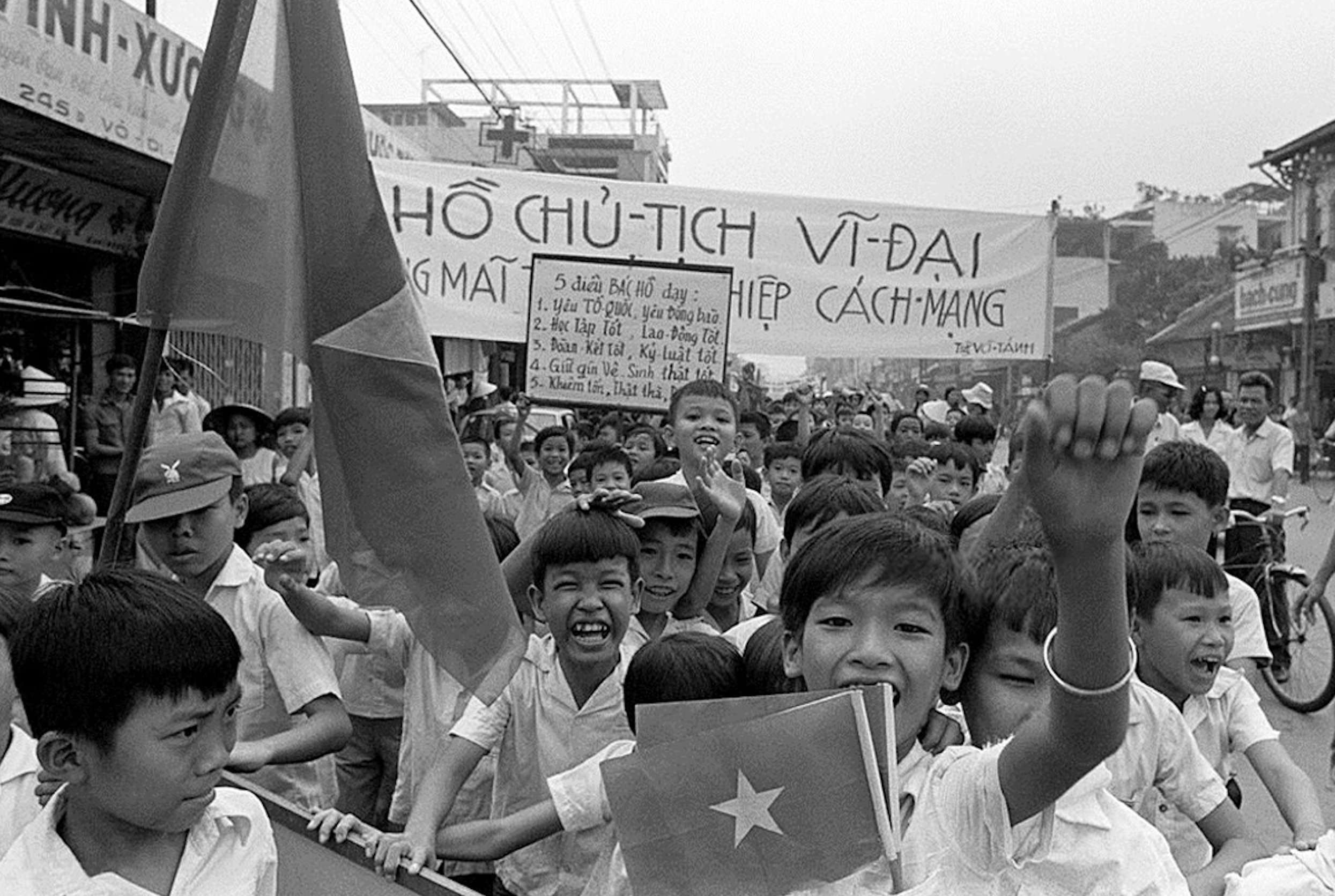
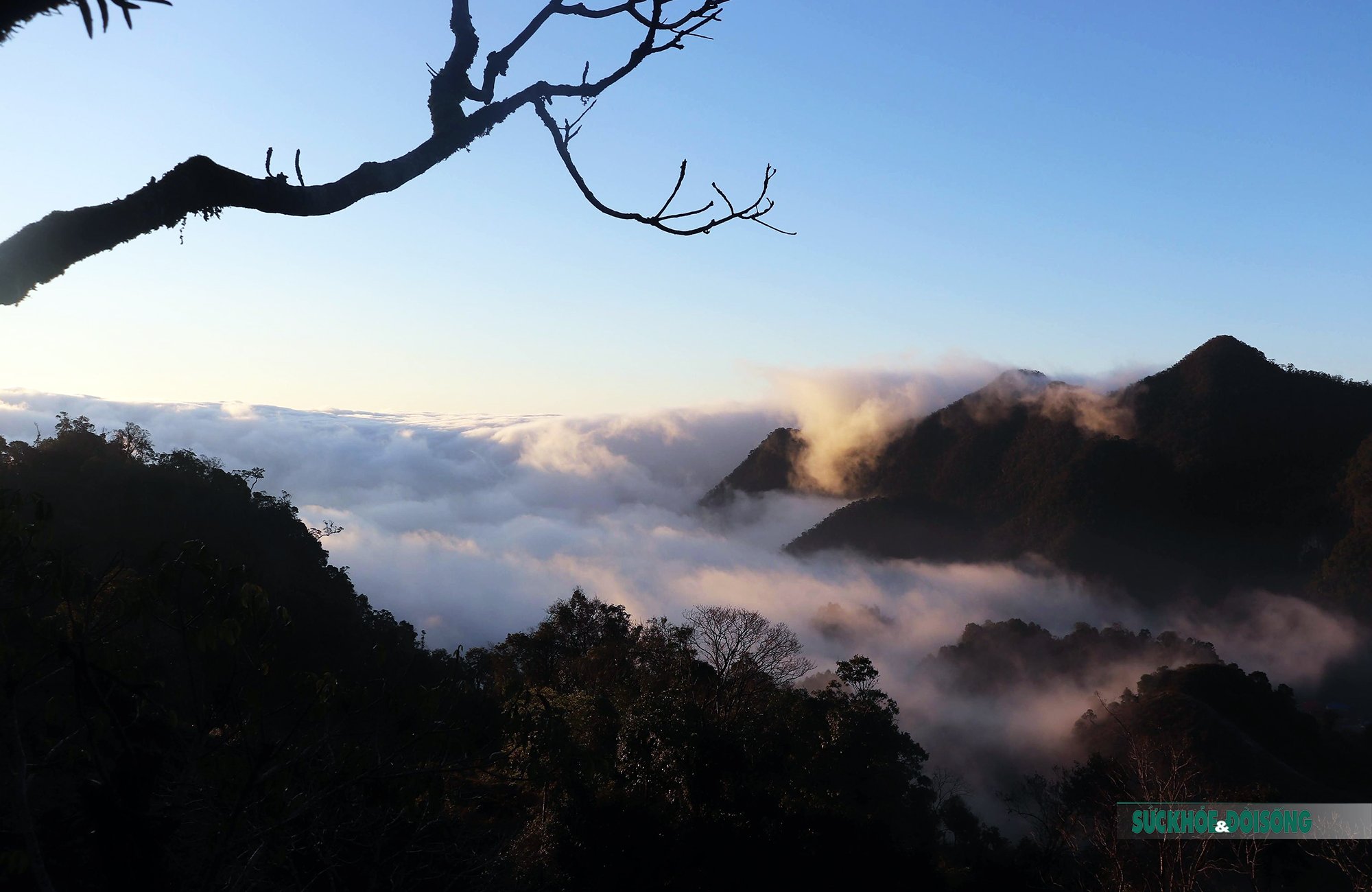
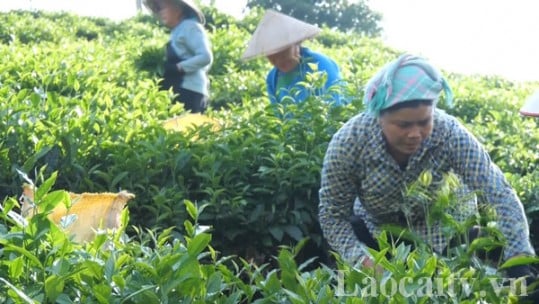
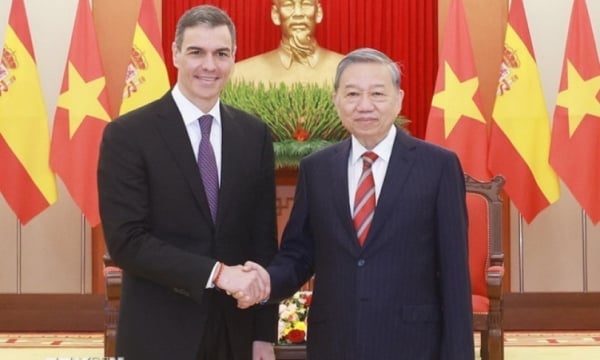

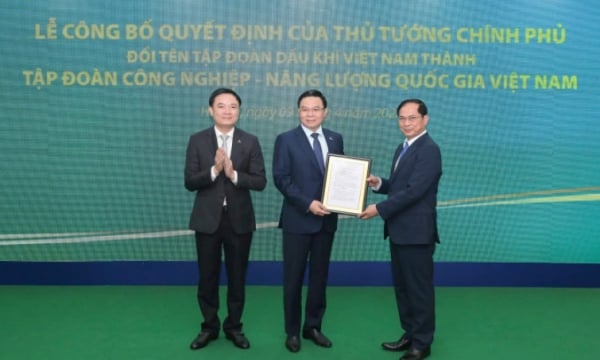
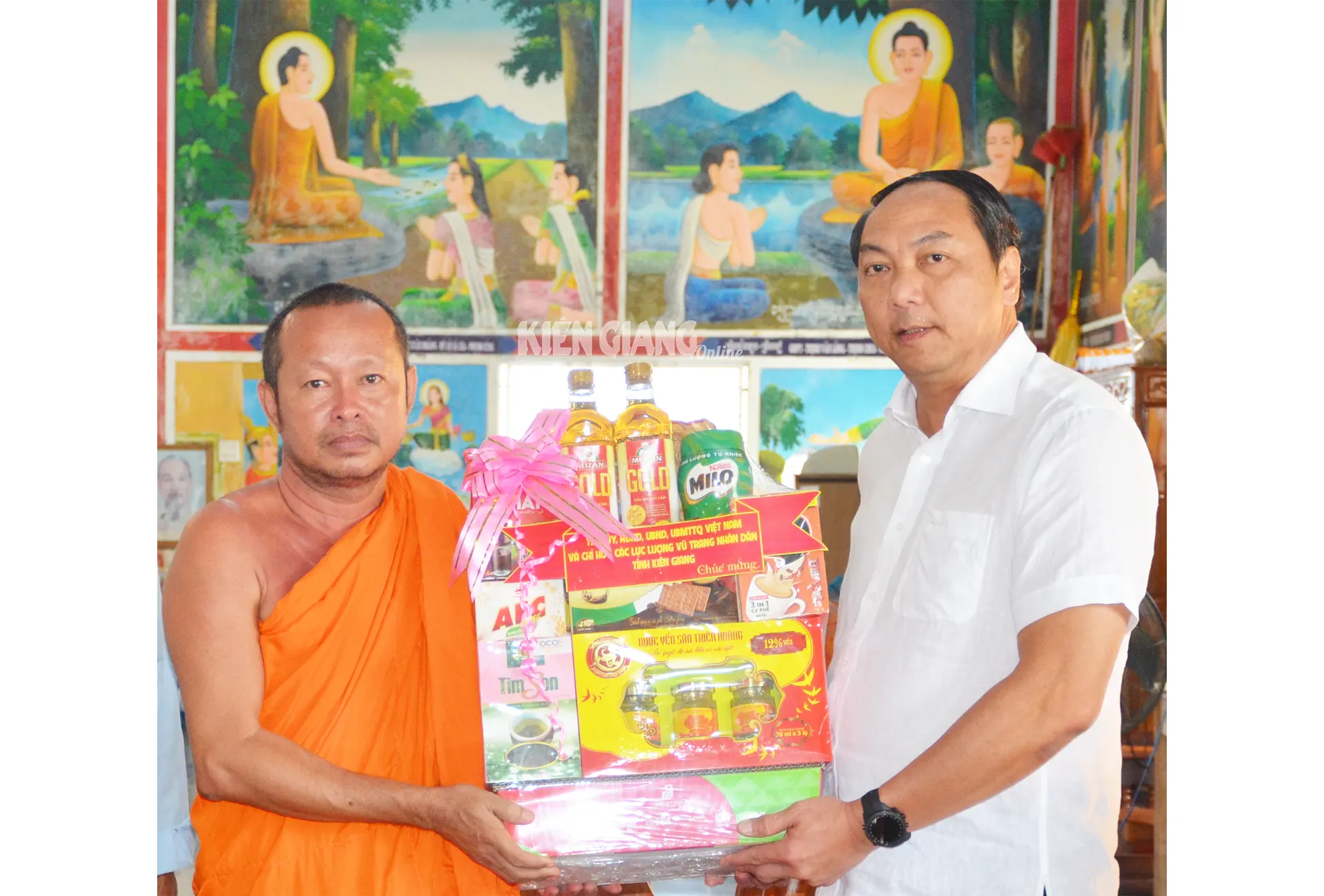
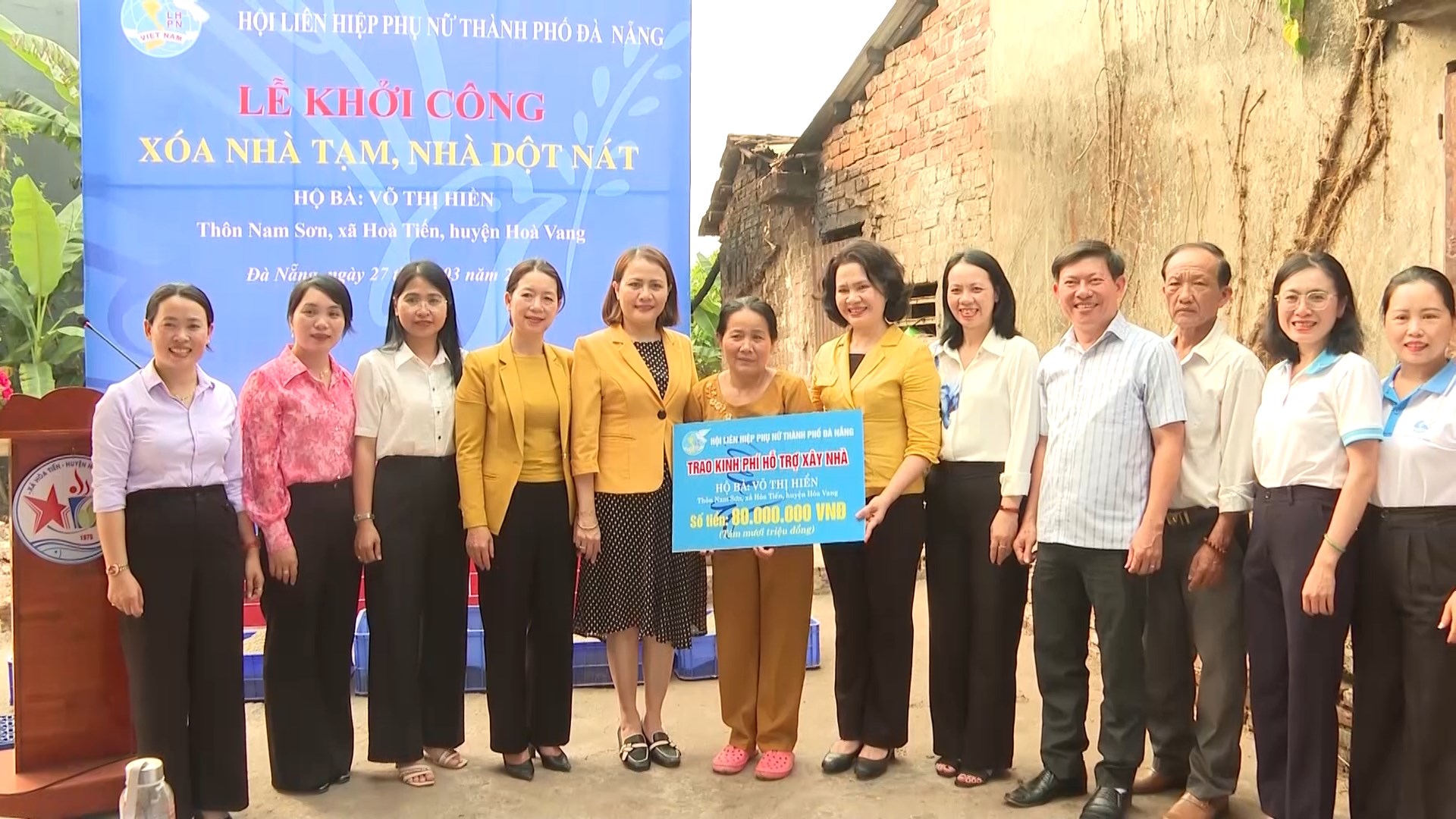
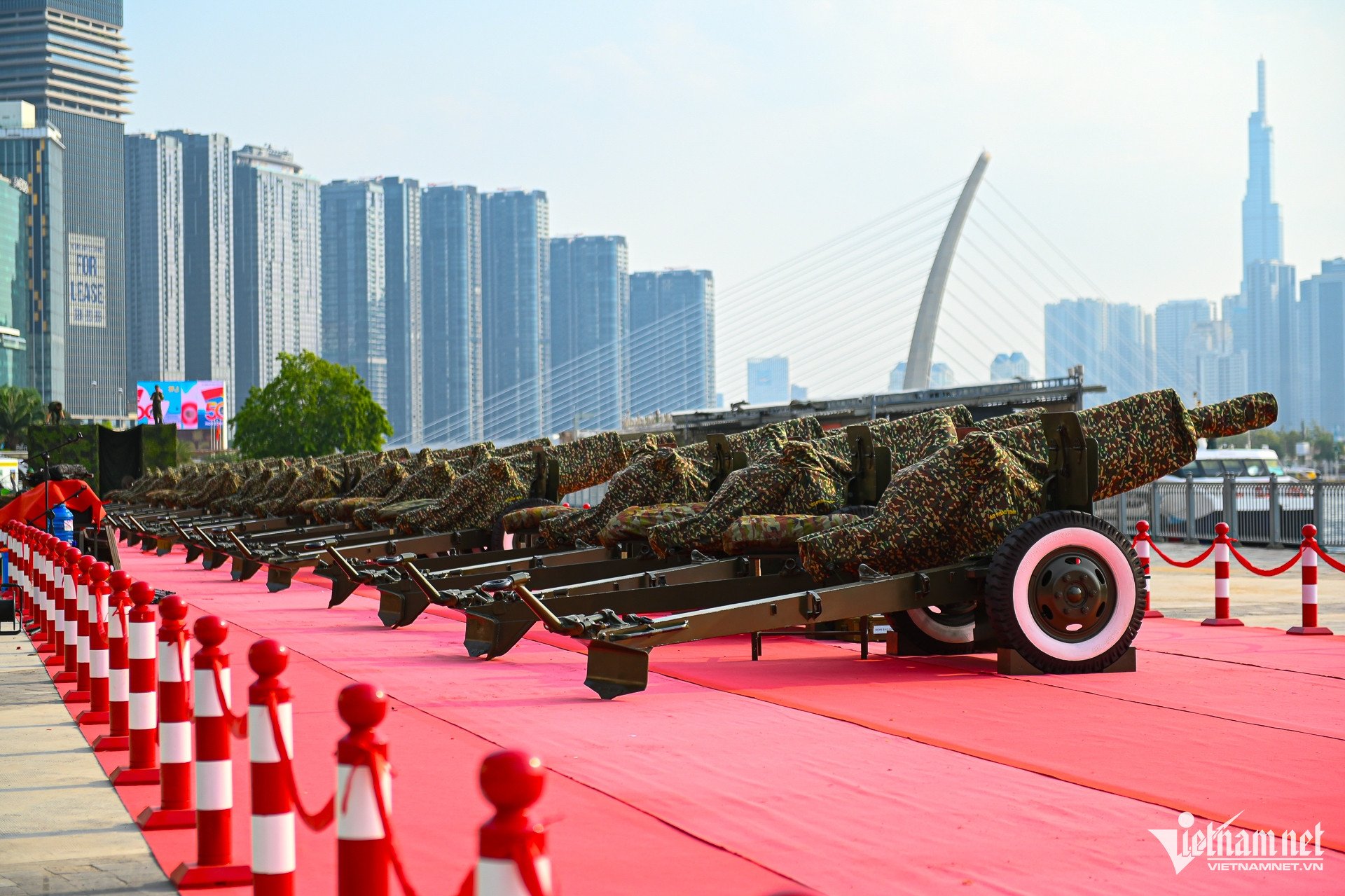


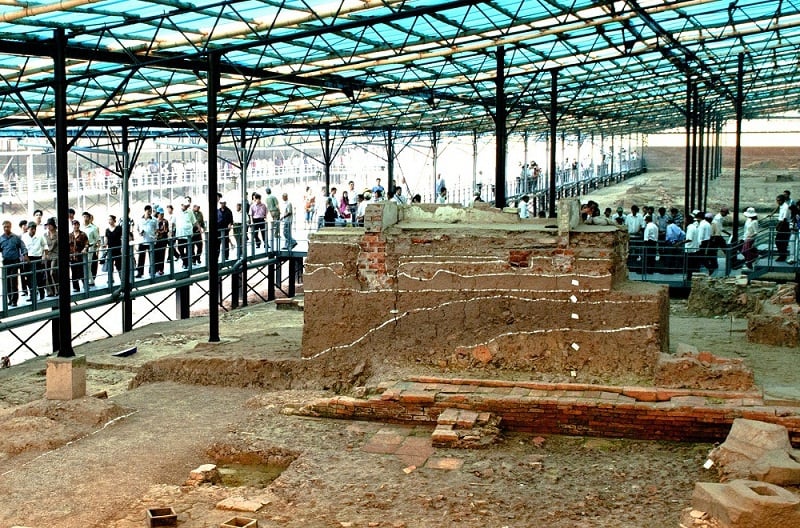

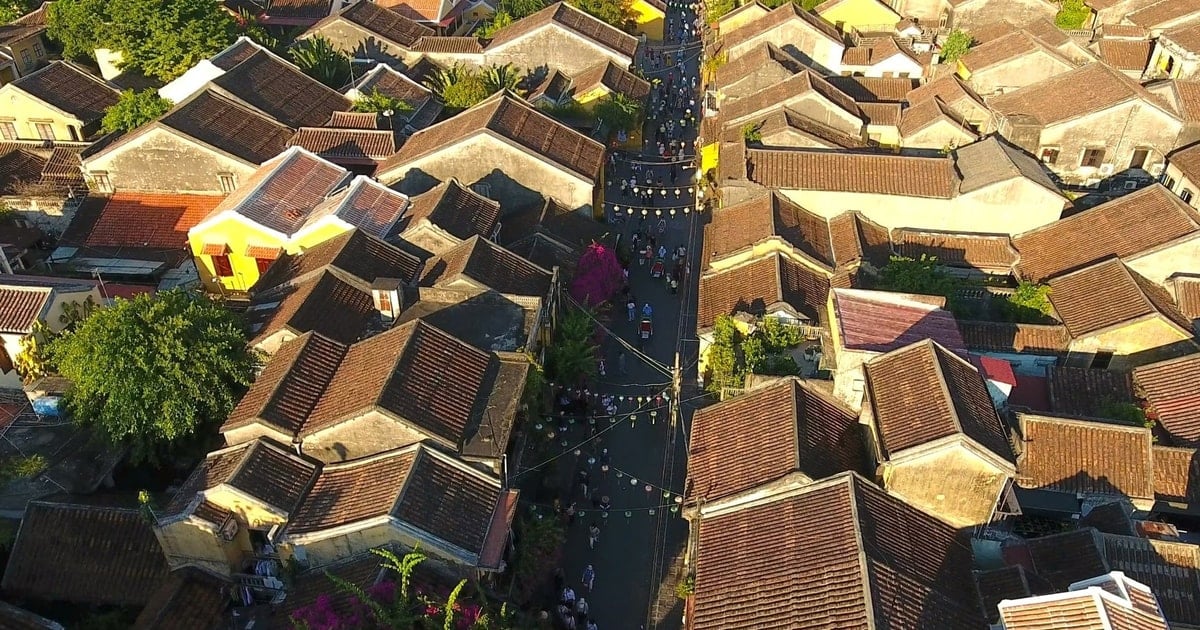
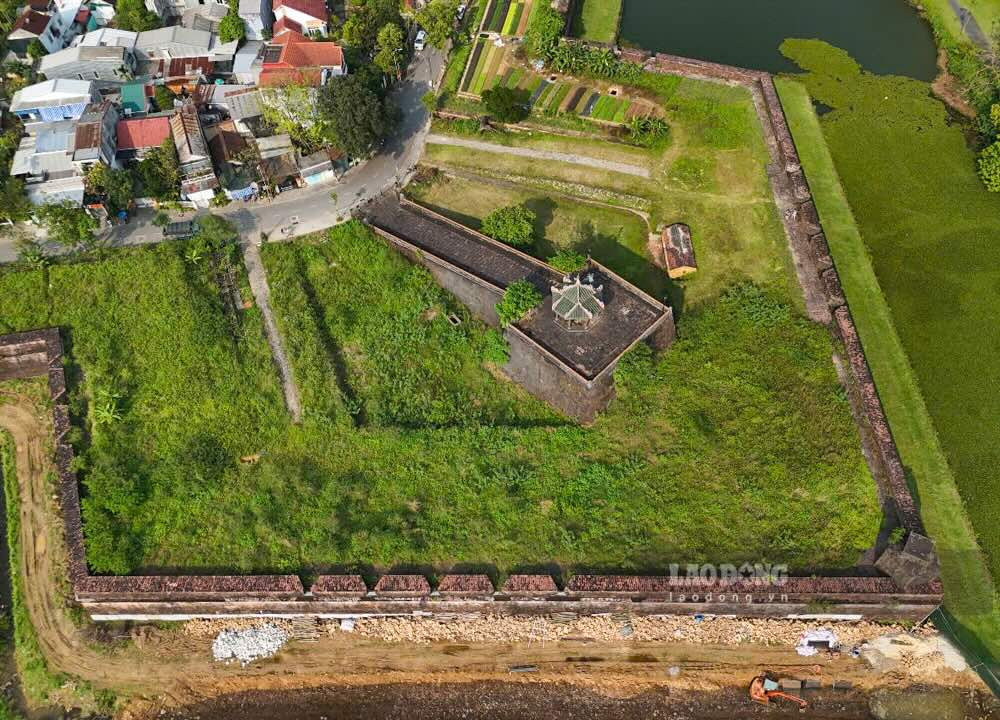

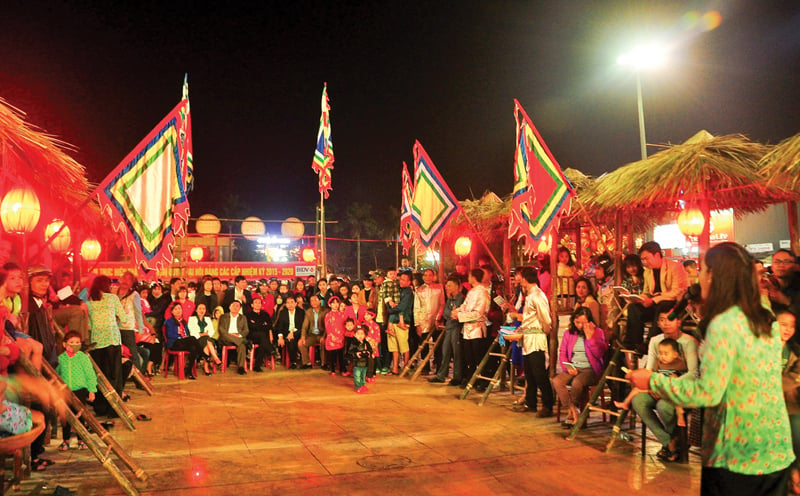
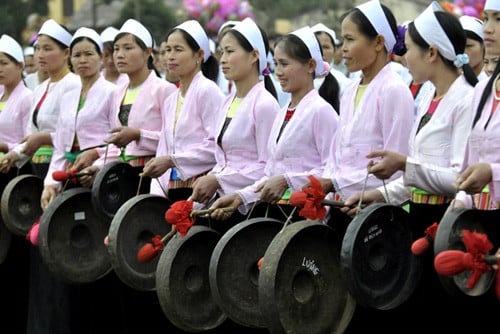

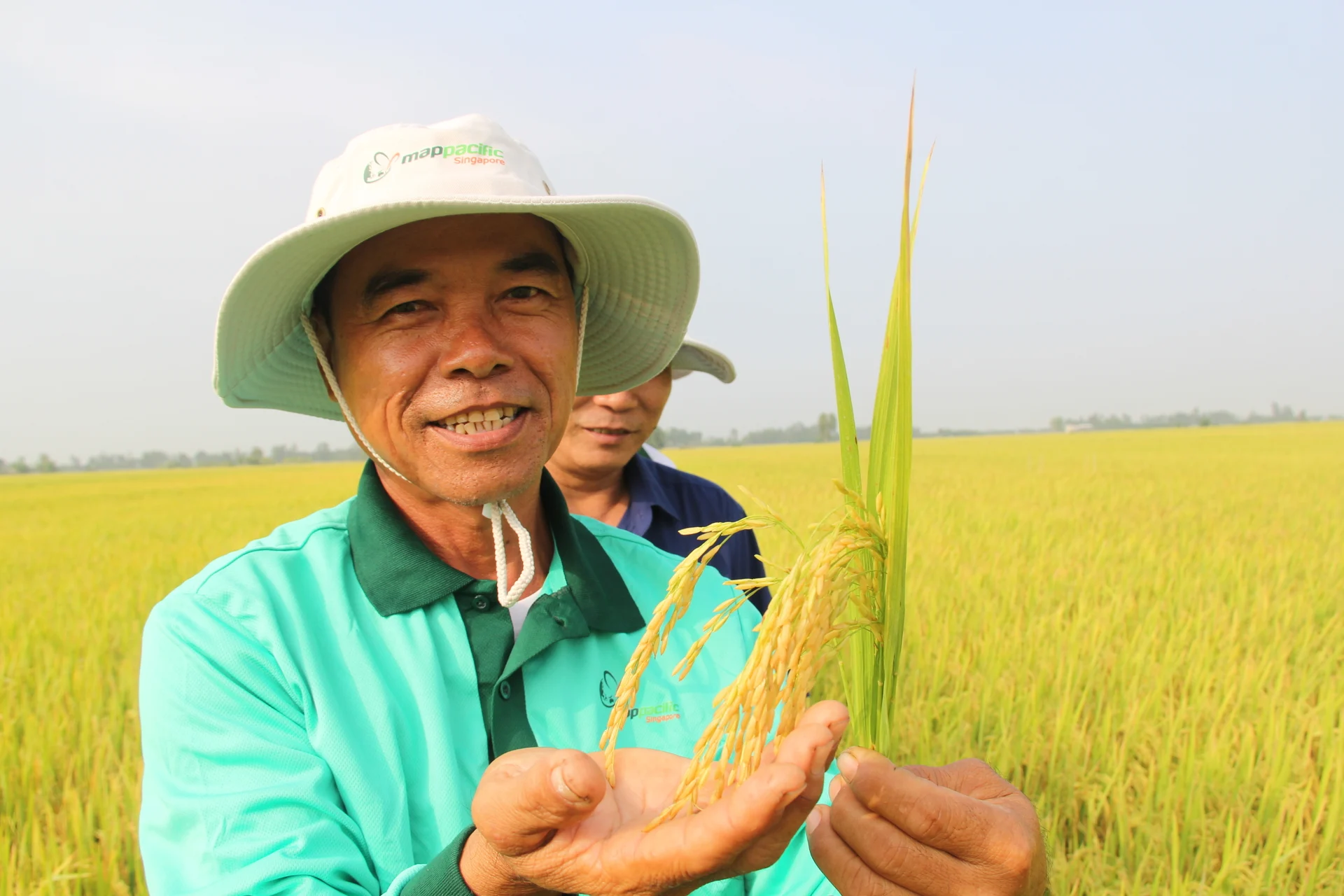

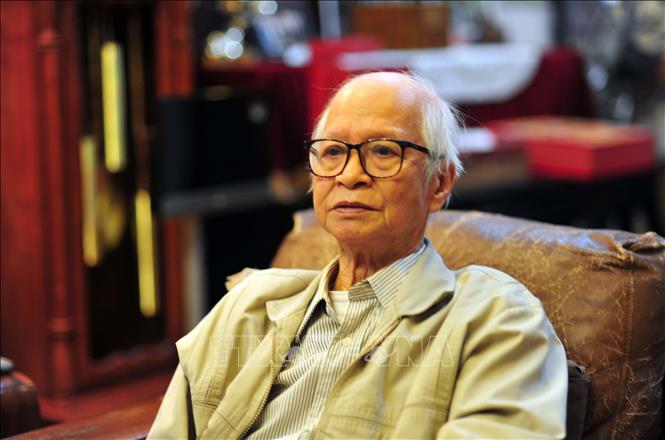

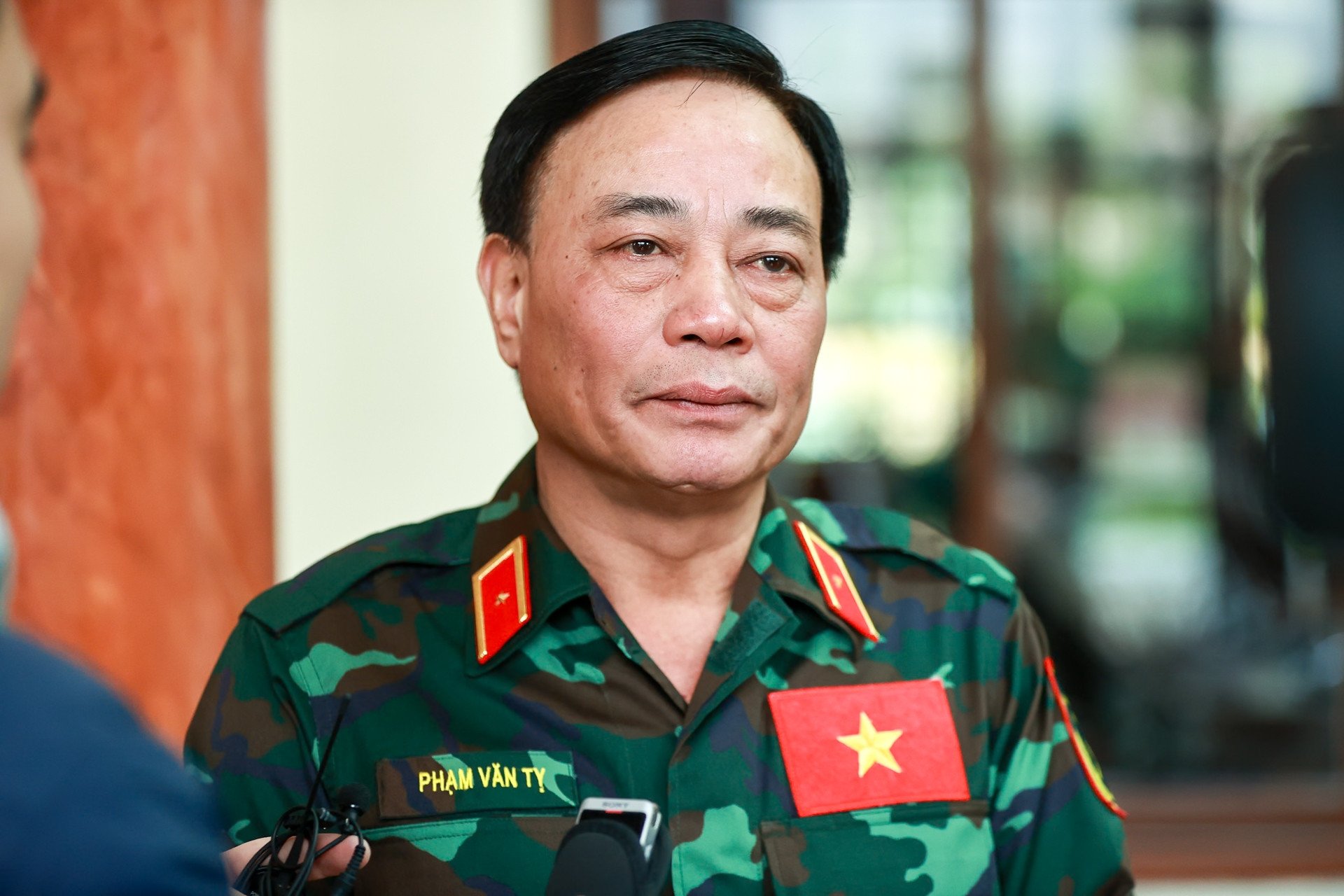

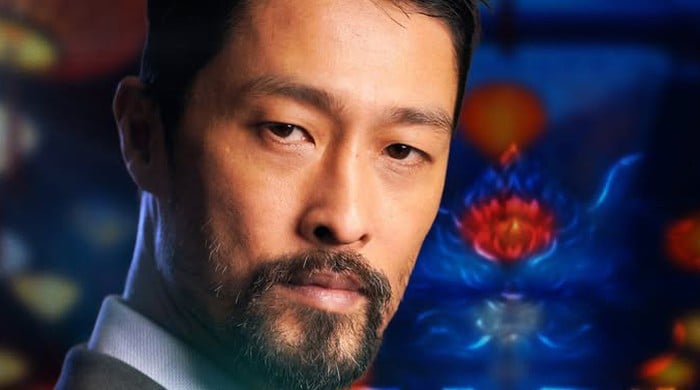
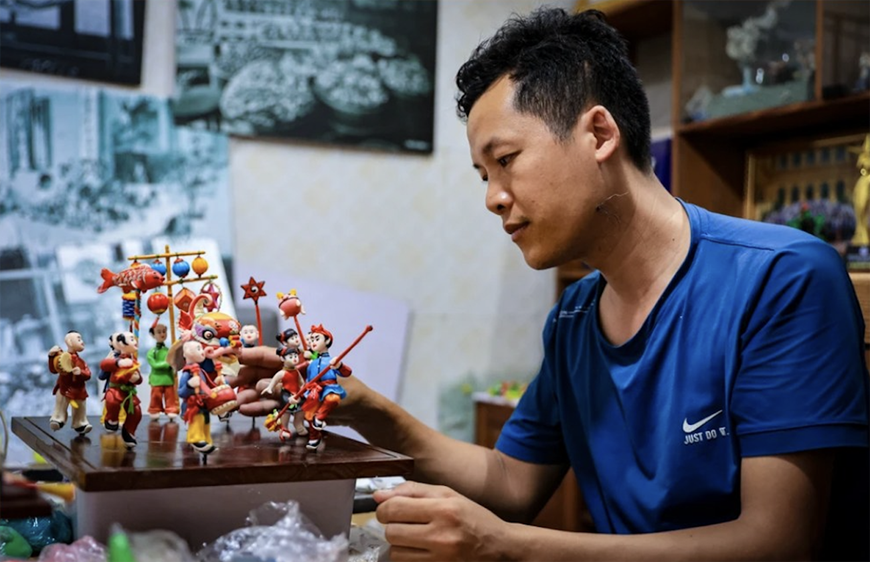

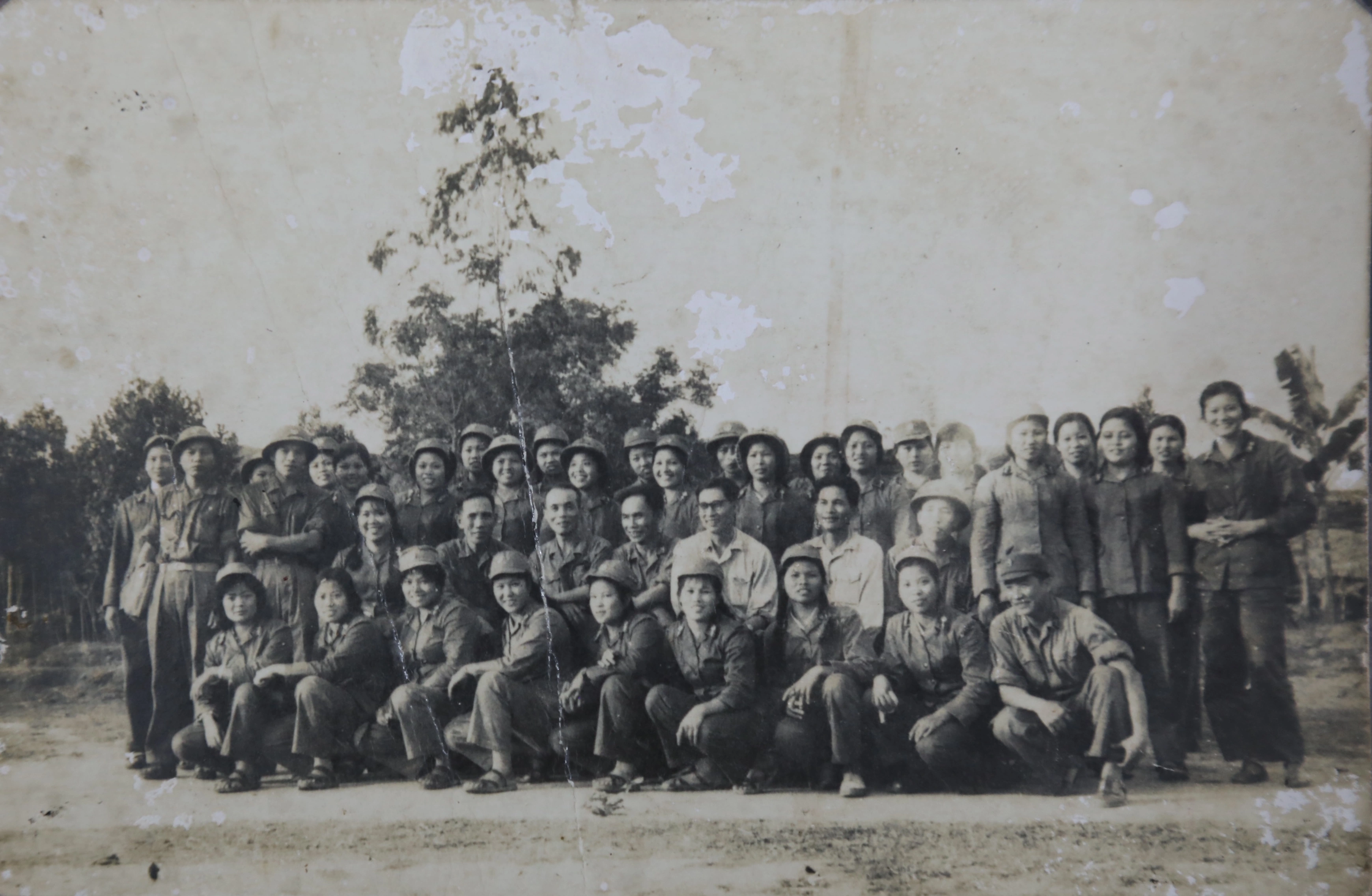

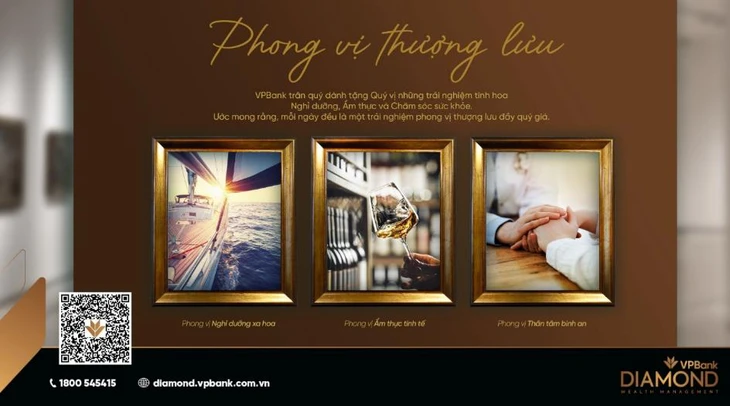
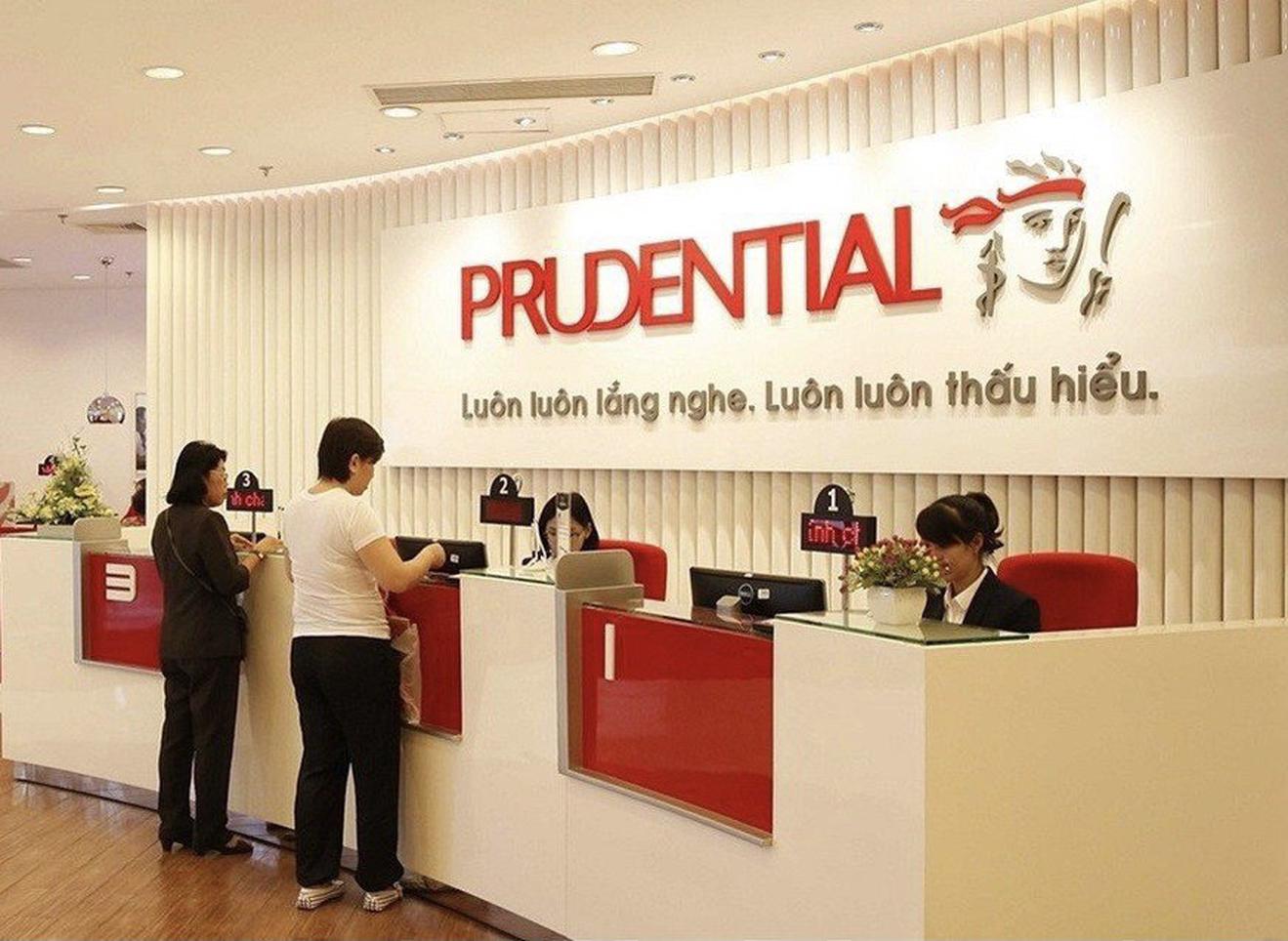

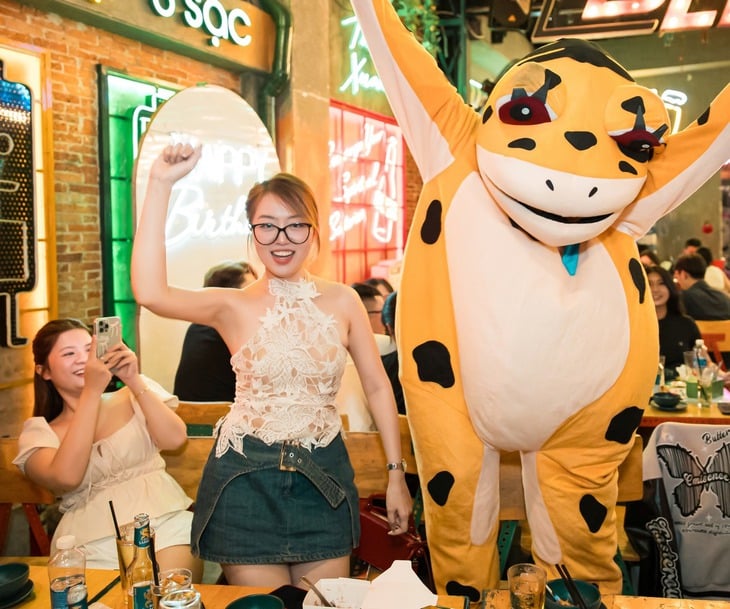


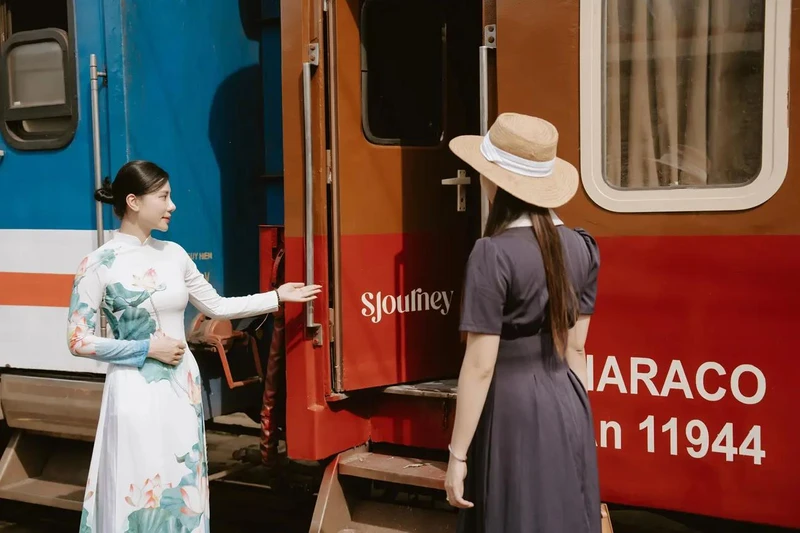



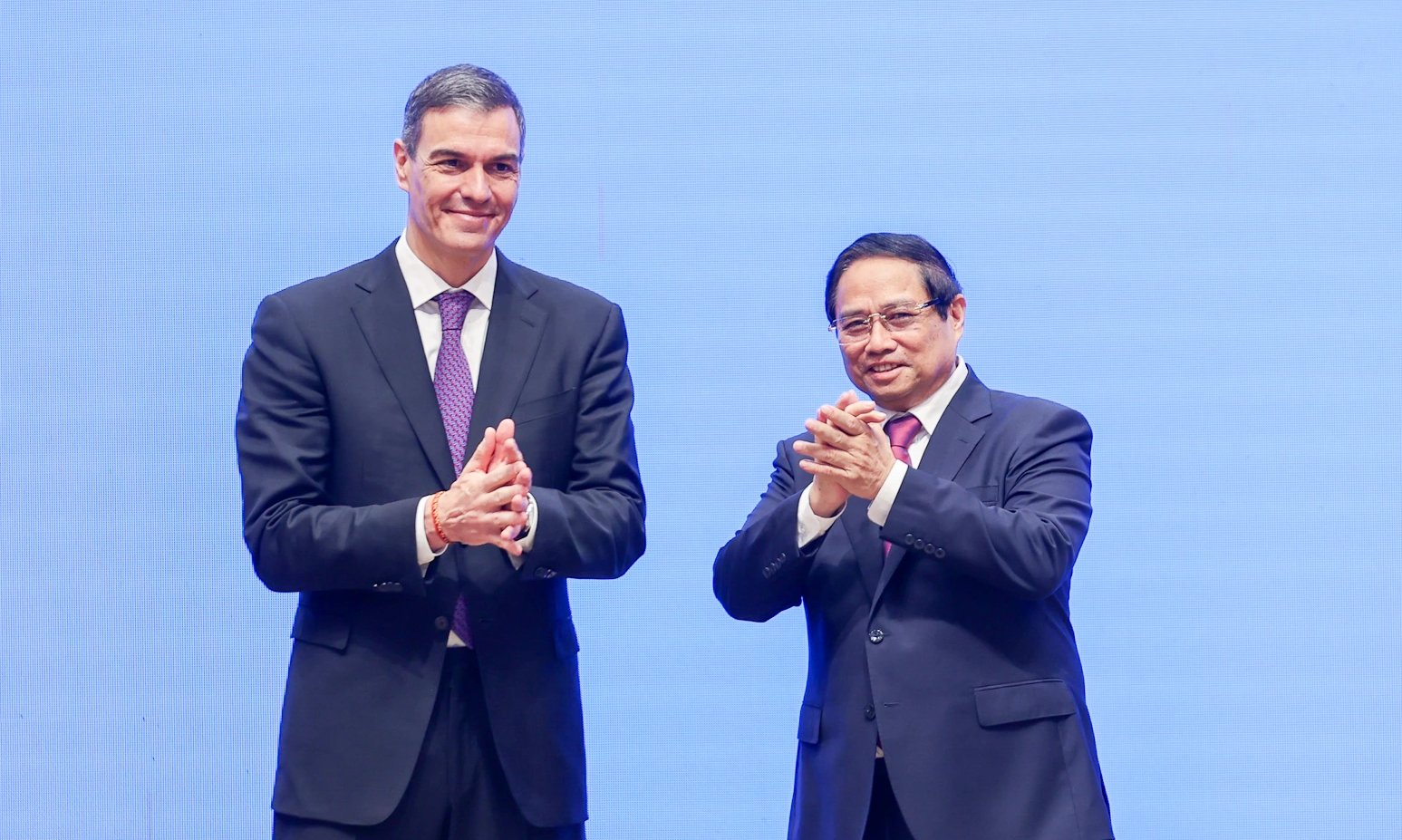
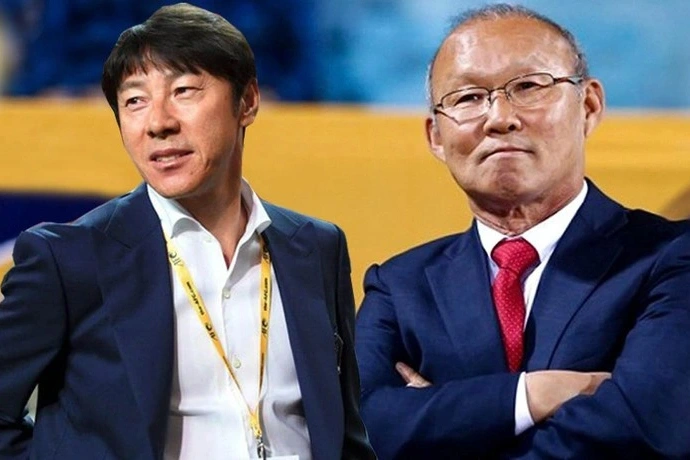
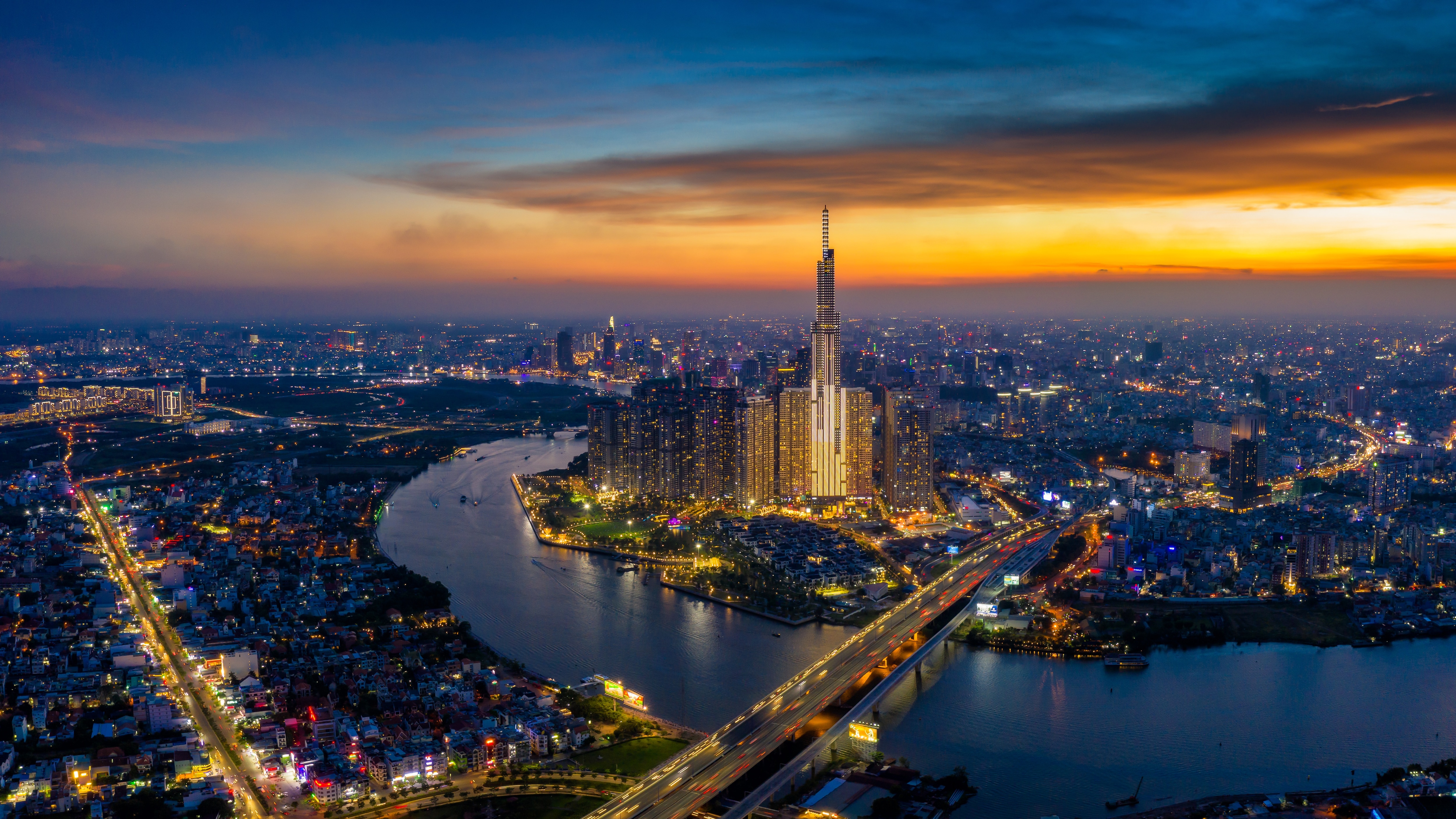

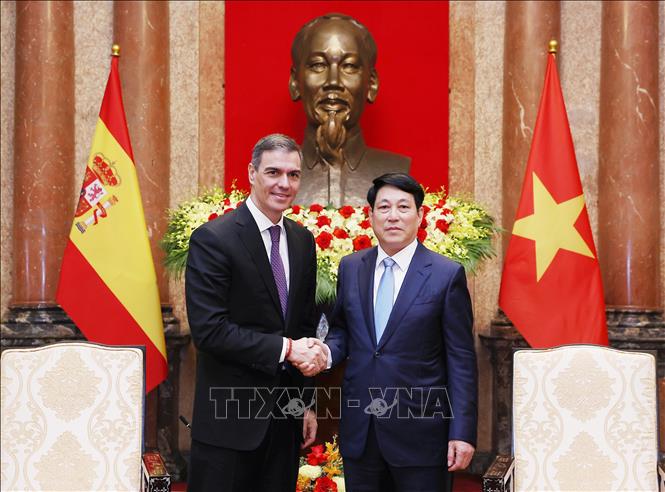










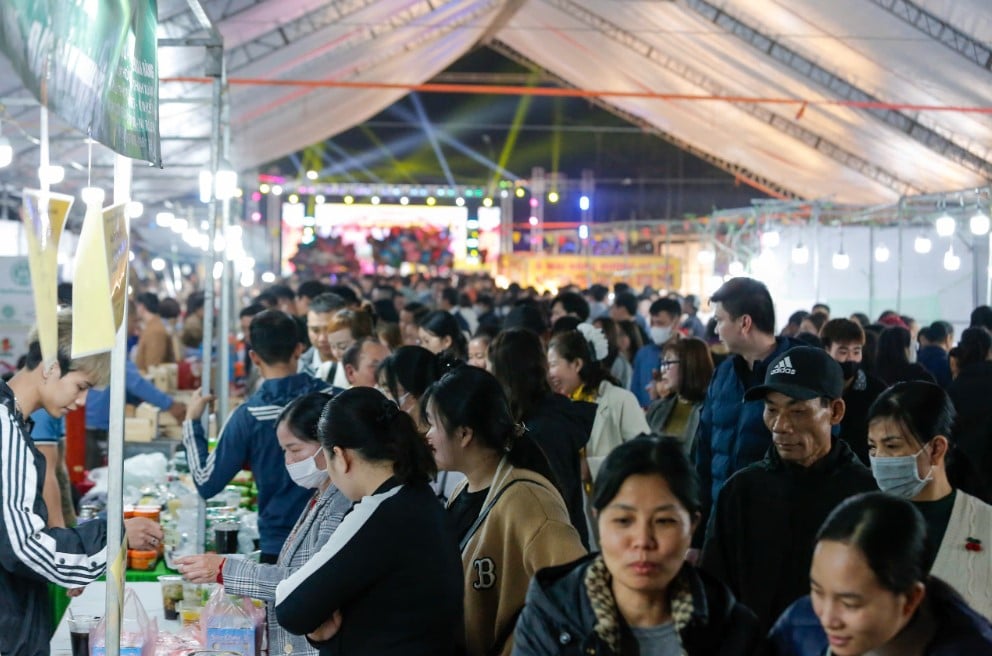


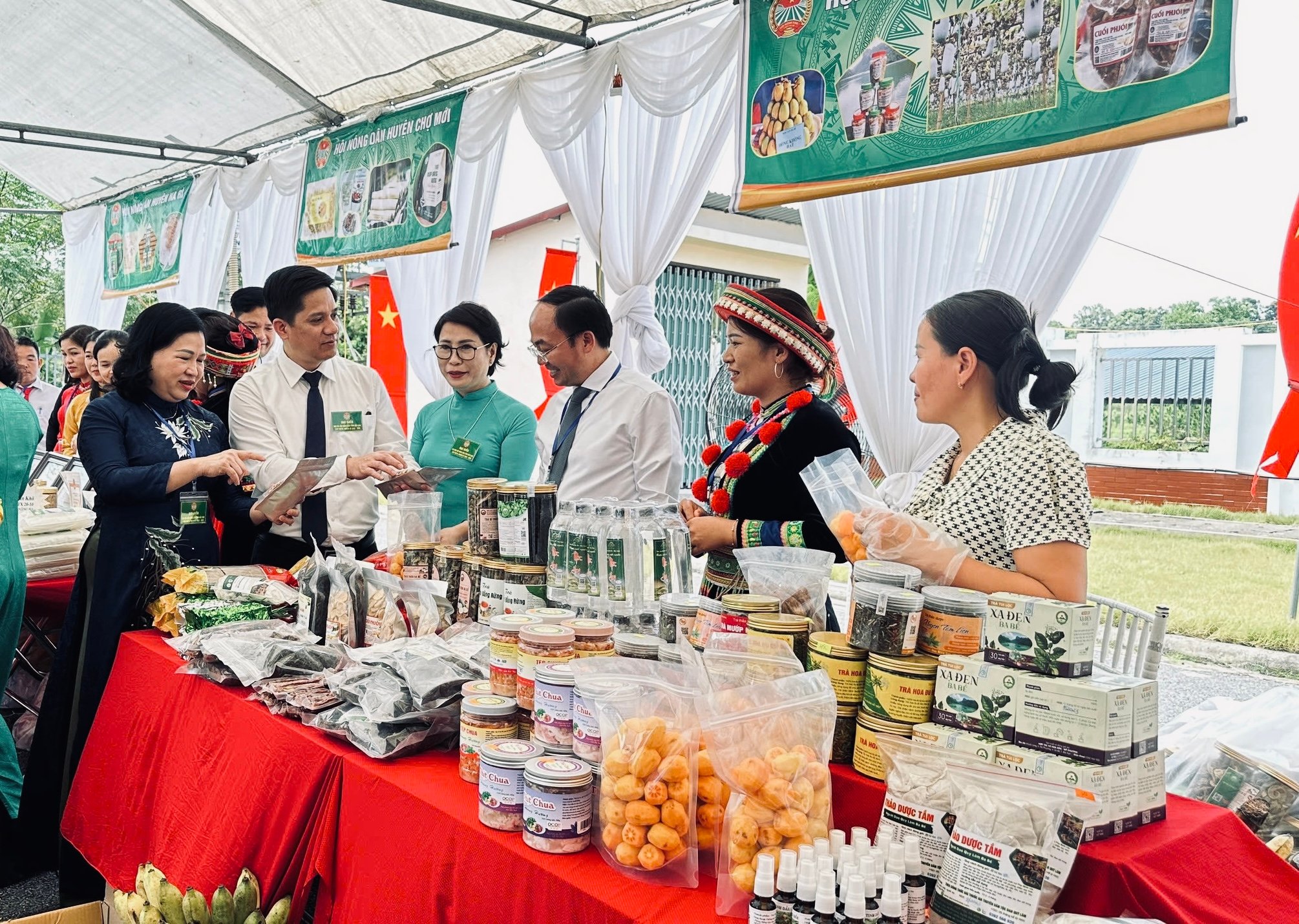
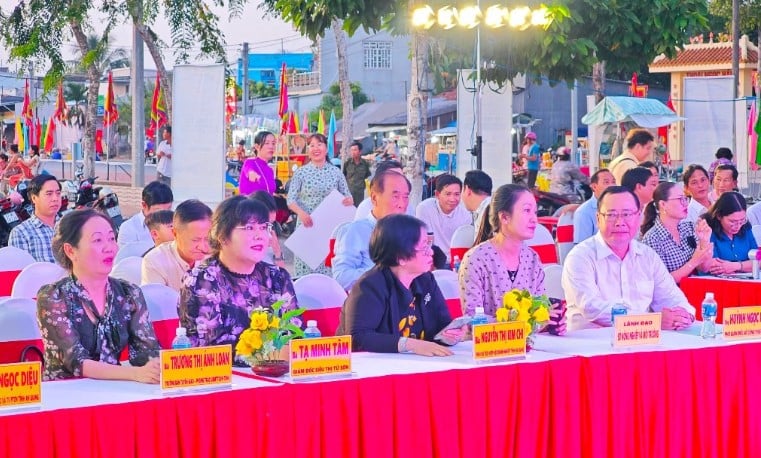

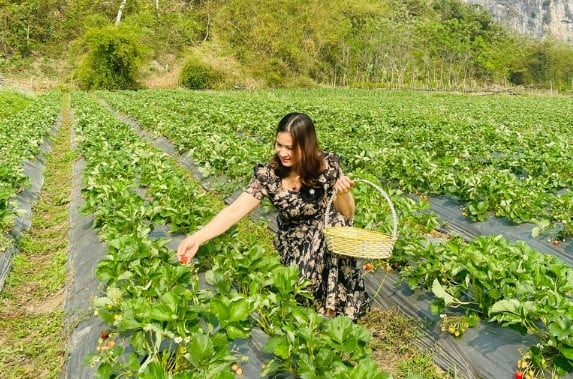

Comment (0)